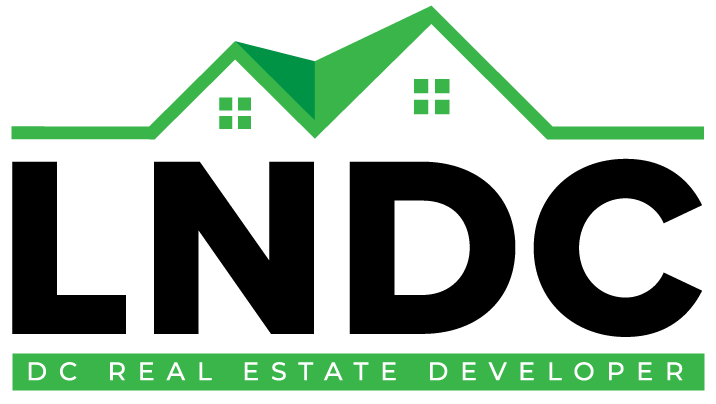How to Identify the Best Land for Real Estate Development
When it comes to real estate development, the right piece of land can make or break your project. But how do you identify the best land for real estate development? It’s not just about finding a nice plot of dirt — there are several key factors that come into play. Let’s take a look at what makes land suitable for development and how you can ensure you’re making the right choice.
1. Location, Location, Location
It’s an age-old saying for a reason. The location of your land is crucial to its success as a real estate development project. You want to find land in an area that’s growing or has high potential for future growth. Look for nearby amenities like schools, shopping centers, and recreational areas. These elements make the property more attractive to future buyers or tenants.
Keep an eye on infrastructure too. Is the area well-connected by roads or public transportation? Does it have access to utilities such as water, electricity, and internet? Poor infrastructure can increase costs and limit the appeal of your development. So, before you commit, take a good look at the long-term potential of the location.
And don’t forget to check out what’s happening around you. New developments, both commercial and residential, are signs of growth. You can see some examples of upcoming properties in different regions.
2. Zoning and Land Use Regulations
You can’t just build whatever you want wherever you want. Local zoning laws and land use regulations will have a major impact on what you can develop. This is why it’s important to understand what the land is zoned for before purchasing it.
Is the land zoned for residential, commercial, or mixed-use development? Does the zoning allow for high-density projects like apartment buildings, or are you restricted to single-family homes? These are key questions you need to ask.
In some cases, you may be able to apply for rezoning or variances, but this can be a time-consuming and costly process. Understanding the local zoning ordinances ahead of time will help you avoid unpleasant surprises down the road.
For some inspiration on zoning-friendly properties currently on the market, you can browse LNDC’s properties.
3. Soil Quality and Topography
Believe it or not, the dirt beneath your feet can make a huge difference in your real estate project. Poor soil quality or uneven topography can lead to significant construction challenges. For instance, if the soil can’t support heavy structures, you’ll need to invest in special foundations or soil remediation, which can drive up costs.
Before you purchase land, conduct a thorough analysis of the soil and topography. You’ll want to make sure the land is stable and well-suited for the type of development you’re planning. Avoid areas prone to erosion or landslides, as these can cause serious issues later on.
A topographical survey will also show you if the land is flat or hilly. While flat land is typically easier to develop, slight slopes can add aesthetic value to certain types of homes. Just be sure you’re prepared for any challenges the terrain might present.
4. Market Demand
The best land for real estate development isn’t just about the physical characteristics — it’s about what the market wants. Before purchasing land, research the local market demand. Are people moving into the area? What type of housing or commercial spaces are they looking for?
For example, in a growing suburb, single-family homes might be in high demand. On the other hand, a bustling city may have more demand for multi-family apartment buildings or mixed-use developments. You want to ensure that the land you choose aligns with the type of development that’s in demand in the local market.
Additionally, keep an eye on future development plans in the area. Are there new schools, hospitals, or shopping centers being built nearby? These can boost demand for new housing or commercial spaces, making your development even more profitable.
If you’re curious about which properties are showing potential in the current market, you can take a look at LNDC’s properties that are available.
Ready to Find Your Perfect Piece of Land?
Identifying the best land for real estate development takes careful research and consideration. From choosing the right location to analyzing soil quality, there’s a lot to think about. But by doing your homework, you can ensure that your investment is sound and set yourself up for success.
If you’re ready to take the next step and find land for your project, contact us at LNDC. Our team is ready to help you find land that meets your development needs. Whether you’re looking for upcoming properties or seeking insights into current market opportunities, we’ve got you covered!


